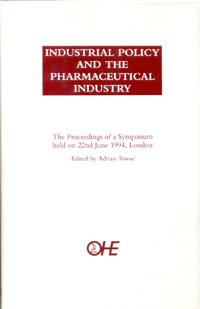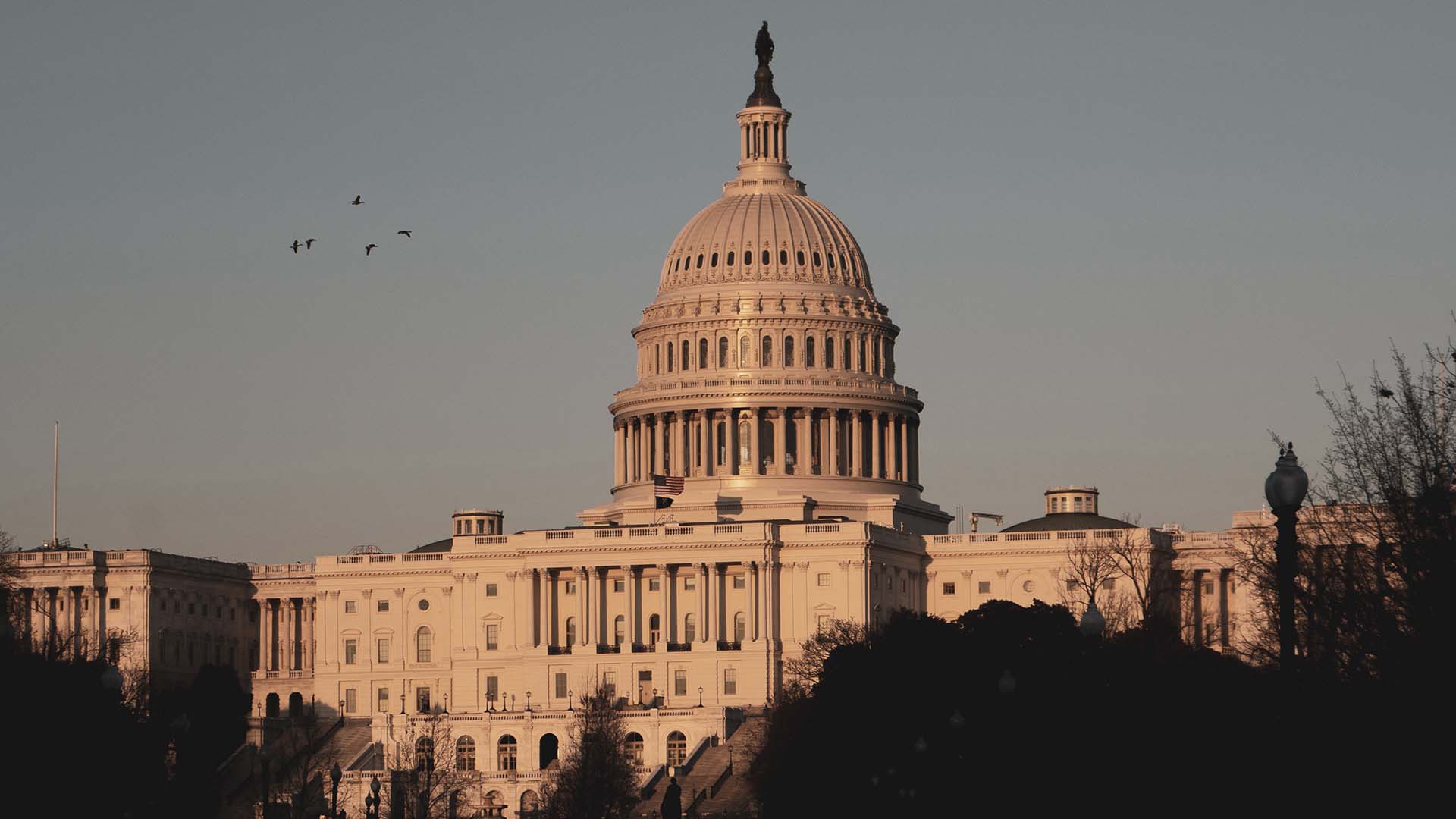Sign up to our newsletter Subscribe
Challenges and Solutions for Budget Impact Analysis of Gene Therapies

This book contains the proceedings o f a conference held by the Office of Health Economics in June 1994. The papers, by a number of distinguished contributors, explore the role industrial policy can play in providing an economic environment in which the pharmaceutical…
This book contains the proceedings o f a conference held by the Office of Health Economics in June 1994. The papers, by a number of distinguished contributors, explore the role industrial policy can play in providing an economic environment in which the pharmaceutical industry meets the needs of patients and health care purchasers, so providing an economic asset to those countries hosting its R&D and manufacturing activity.
Governments cannot avoid policy interaction with the pharmaceutical industry. They are responsible for both ‘health and safety’ and ‘economic’ regulation. The former primarily governs the licensing procedures before a new medicine can be put on the market. The latter has two key elements — intellectual property protection (the pharmaceutical industry is the most patent intensive of any industrial sector) — and, in most countries, government as a major purchaser of medicines. There is another key aspect of government policy that is of enormous importance to the industry — the funding of ‘basic’ science. Public funding of this research and of universities generates advance in ‘basic’ scientific knowledge and a supply of skilled scientists.
The first four papers in this book explore and contrast the approaches the European Community, and Japanese, US and UK governments have taken to industrial policy in this sector. Have they, intentionally or unintentionally, contributed to the relative success of the industry in their home bases? Those dealing with the European Community, Japan and the US are by Yarrow, and Professors Neary and Scherer, respectively. In the fourth paper Hale and Towse assess how valuable the UK-based pharmaceutical industry is to the UK economy. The fifth paper, by Professor Jones, then considers the scientific potential for medical breakthrough, trends in the costs of achieving these breakthroughs, and the importance of government science and education policy for the discovery and development process.
The seventh and eighth papers by Quam and Professor Grabowski respectively explore the role of government as purchaser and economic regulator. Quam discusses, from US experience, the relative merits of public versus private purchasing, and of centralised versus decentralised purchasing of medicines, for the long term health of patients and of the pharmaceutical industry, drawing lessons for Europe. Grabowski examines the potential impact of price control on innovation, drawing on a study of innovation in the USA. Finally Holmes and Professor Dunning explore the impact of government industrial policy on the location and investment decisions of the pharmaceutical industry.
I hope that the readers of this book will find the papers as stimulating as did the audience in London in June 1994. The pharmaceutical industry has been a major contributor to health and to wealth creation, but is not without its critics. An understanding of the economic issues behind its relationship with governments is crucial to public policy making that ensures the industry continues to meet the needs of society.
Industrial Policy and the Pharmaceutical Industry
Towse, A. ed.
(1995) Industrial Policy and the Pharmaceutical Industry. OHE Monograph. Available from https://www.ohe.org/publications/industrial-policy-and-pharmaceutical-industry/
